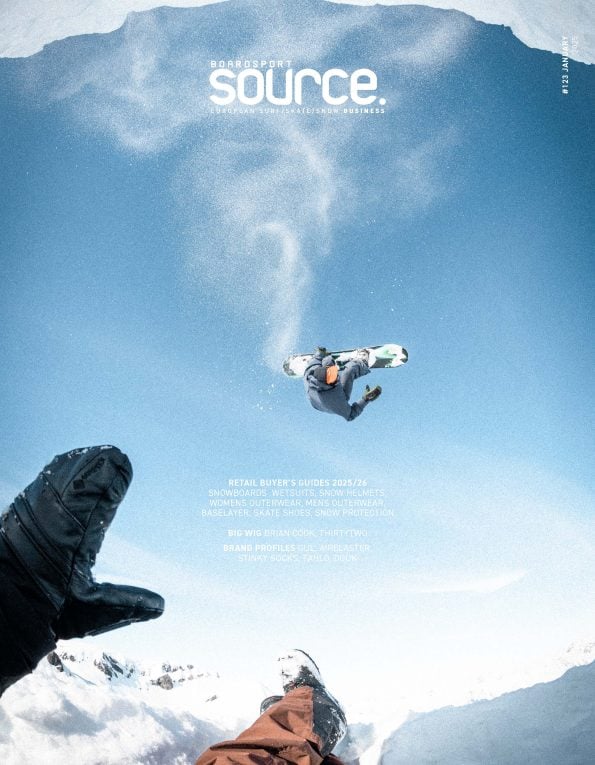Snowboards FW18/19
A consolidated industry means there’s less junk out there than normal, and shops are in a privileged position to be able to pick and choose the best of a brand’s offering instead of simply ‘doing the range’. With that in mind, let’s get your snowboard buy right next year – not just OK, but let’s really smash it out of the park. Tom Wilson-North takes a look at the must-haves for your snowboard wall in 2018/19.
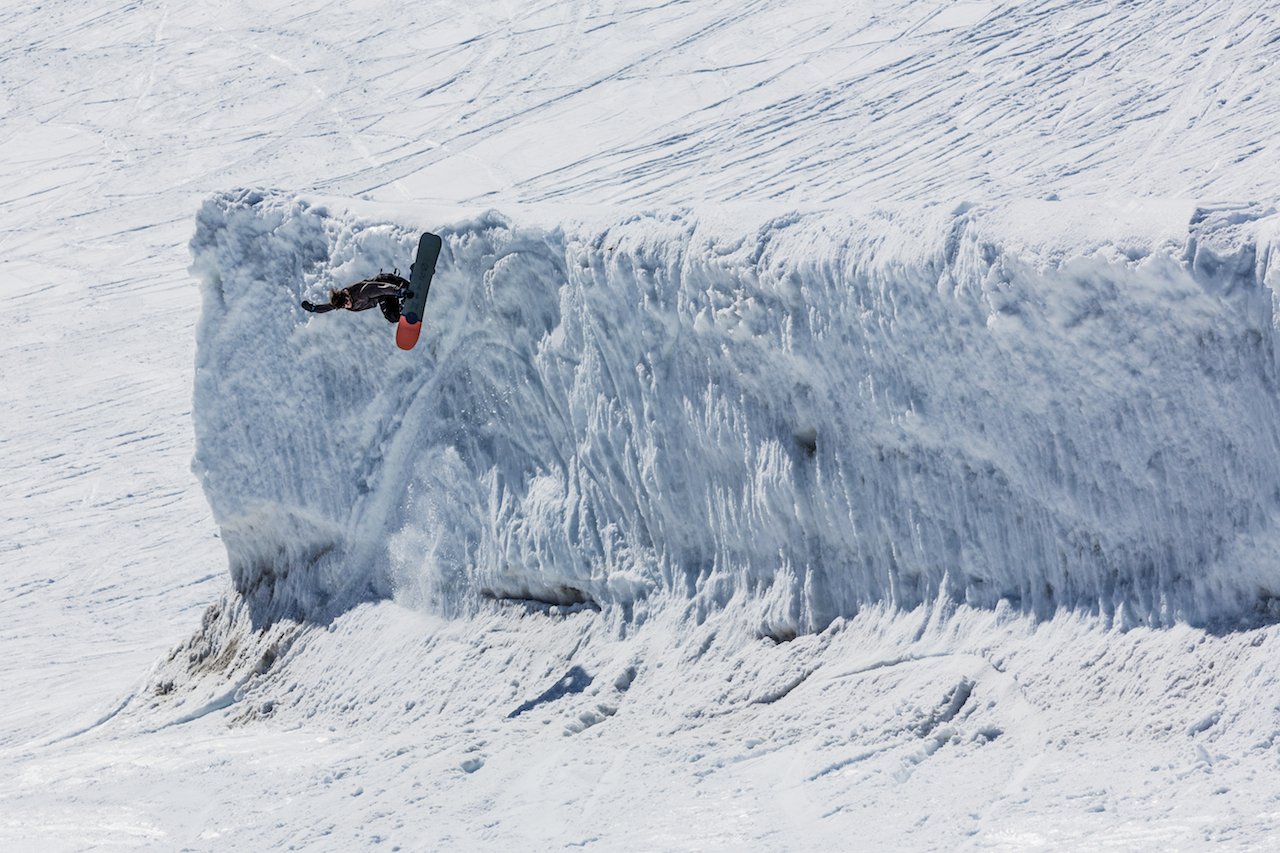
Nitro
KEY NEW MODELS – POWDER
Korua have been the ones to beat since their boards and videos dropped around ISPO back in 2015, marking a focal return to ‘real snowboarding’ – a bit piste, and particularly pow. Next year their highlight is the Dart, an overwide classic deep swallowtail. “It floats like nothing else and the shape makes it lie perfectly in deep powder to keep speed in and out of short snaps and through speedy soulturns”, explains expert soulturner, Nicholas Wolken. Also brand new in swallows is the Winterstick Vistas, a concept shape aimed at dragging the swallow out of the beardy-freerider territory into more daily use. You can expect an exciting new ultralight, all-purpose and minimalist Corey Smith swallow called the Powder Glider from Spring Break as well.
Over at Arbor we were stoked on the high volume, stub-tailed Cask – a pretty unique outline with a big old nose rocker. The Cask uses their new Uprise Fenders for a nice soft feeling edge-to-edge, and the geometric nose with long front contact point speaks for itself. At the big B, Burton are making a classic pow shape the top of their line next year with the Vermont-produced Mystery Fish. It’s part of their Lightweight AF collection. “Producing in-house allowed us to add different stuff to the Mystery Fish core, like vertically laminated pre-cured carbon strips and really light end-grain wood. Then we used a Mystery TopGlass topsheet – from the original Method – which is easier to work with and super strong,” explains Burton’s Patrick Allegritti. DC’s all-new HR has been made in collaboration with Japan’s ‘The House of Powder’ and is purpose build for shredding the deep stuff. Made with their S-Camber, an exaggerated taper and wide nose, its directional shape provides optimal float and control in powder.
KEY NEW MODELS – FREESTYLE CARVING
This newish segment retains its significance. “Brands should continue to be creative with shapes and help make on-slope carving and cruising stay cool. This will keep all the new snowboard dads stoked on riding when their knees aren’t. I really think this is a very positive trend”, says Bataleon’s Dennis Dusseldorp. Rome have an entire capsule based on the love for the turn called the Tram Line. The new Ravine is the highlight, a versatile freeride deck with a directional shape and 3D blunt nose which planes well in untracked snow. It looks badass.
Nidecker are locked right into the carving trend too, and we loved the look of their asym Tracer. “Our knowledge of developing asymmetrical snowboards is not new, we were doing that since the end of the 80’s. But next year we did it in a modern way, aiming for the softboot riders who love to carve”, says Nidecker’s Thierry Kunz.
We’re seeing a few old favourites rekindled for carving next year; Arbor bring back the A-Frame, and Dupraz widen out their classic D1 shape with a premium, turbocharged DI-S model and a kid’s version for up-and-comers, which is also available as a splitboard. There’s more trickle-down children’s tech out there too, as affluent mums and dads spoil their brats rotten. Yes will offer a scaled down 420 called the PowInc 125; “We’re seeing an exploding ‘grom-nation’, weaned on an incessant feed of shred edits with style for miles and we’re seeing more and more 8-12 years olds killing it beyond their years”, says Yes’ Alex Warburton.
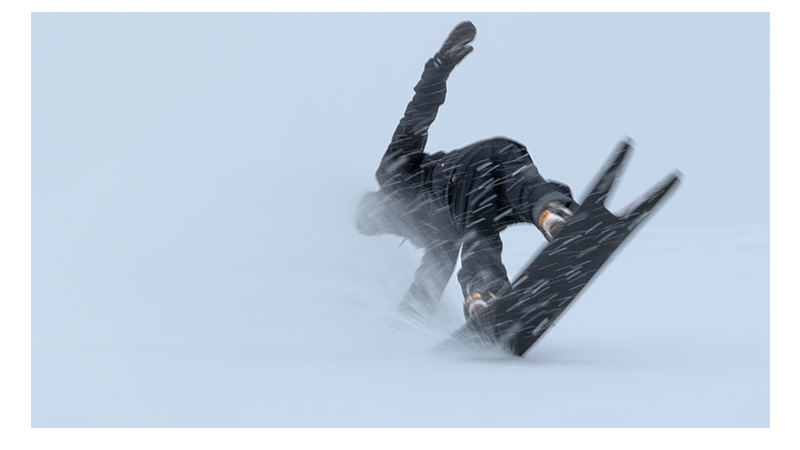
Bataleon
KEY NEW MODELS – SHORT & FAT
The 420 was one of the first models to kick off the short & fat trend of powsurf-inspired boards which excel in playfulness and floatation; now this sub-trend has grown to the point where customers are understanding that they can trade up in fun by scaling down in size.
Growing D2C (direct-to-consumer, more on that later) brand Stone have a 147 shorty called the Barrel, and Canadians Hightide have a little board called the Hippy Slasher which invites you to size down 6-10cm. We’re also looking forward to trying an Amplid deck called the Aloha Vibes at the demos. This one is part of Amplid’s new “Future Shapes” collection, and is stumpy, very fat and super surfy, with a big ol’ swallow tail to make it easier to stand up outside restaurants, of course. Lib Tech’s Stump Ape is going to be a winner here too. It’s good to see some of these decks coming down in price – Bataleon’s 3BT Party Wave kicks in at 399€, which makes it an appropriate sell for use as a second board.
KEY NEW MODELS – ALL MOUNTAIN
Despite the rise in popularity of unusual shapes, the ‘old fashioned’ daily driver snowboard is going nowhere. “We added two models with retro-inspired shapes that have been modernised for today’s riders. The Fusion brings back memories from the first Nitro years. It’s a classic all-mountain shape with square tail, while the Hazzard brings back the concept of a park-specific board with short tip and tail and a relatively long running length. This board can and should be ridden at least 5-6 cm shorter than usual”, advises Nitro founder Tommy Delago.
There’s a new Sims Kidwell RT2 which sees the old Roundtail graphic on top of an updated modern chassis, and Vimana are extending out their VUFO & Motherbrain sizes to appeal to taller riders. Meanwhile, at Lib Tech you’ll find a brand new Travis Rice Orca which is floaty enough to rip pow but narrow enough to do the daily – it has a beautifully fishy turquoise topsheet. There’s also a tweaked BSOD from Capita, with a 40mm carbon kevlar Battering Ram strip down the middle and some extra carbon fleece around the insert packs for maximum durability. And new French brand Easy will be showing a cool hybrid camber deck called the Wallride which is the most-wanted test at their demos. At Technine, their twin shaped T9ID has and soft tips combined with a stiffer flex in the middle, allowing riders to turbo charge their ollies, making it a go-to for park and piste while also holding its own in deep snow too.
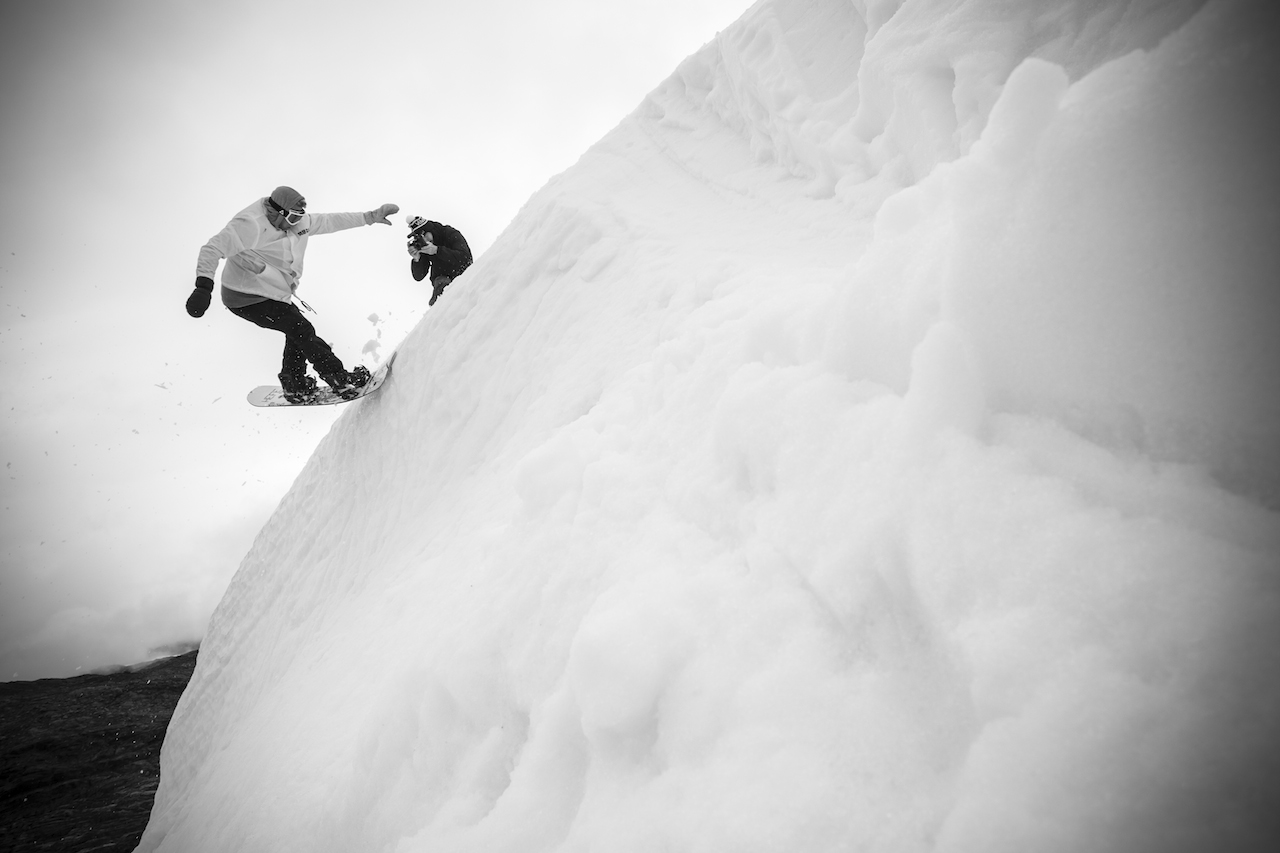
Vimana
KEY NEW MODELS – WOMEN’S
Some good stuff going on in women’s boards next year. Gnu’s Chromatic gets a new shape with half moon tail, which adds to the value of this loaded directional twin. The textured topsheet is a nice addition too. Burton replace their Socialite with the new Purepop camber Rewind, and are showing a new beginner shape called the Hideaway.
Pause a second; to be honest, we hate segmenting women’s boards into their own section for the purposes of this article. “Tell me about it”, says Jenn Sheridan of Coalition, a brand making boards for female riders. “Companies are offering more progressive shapes than ever before but many aren’t offering the same shapes in women’s specific boards”. The best solution, to us, seems to be providing gender-neutral boards in appropriate lengths for male or female riders, or clearly identifying a narrower version of a particular deck as a women’s variant, thereby doing away with accusations of shrinking and pinking. Head are doing it right with their unisex Architect platform, which has a size range from 136 to 161 with a variety of widths. And Niche have a new Ember & Pyre directional do-it-all duo with swallowtail shapes loaded with proprietary tech. “We will offer this board in a medium flex with smaller dimensions for women in 145cm & 150cm, and a slightly stiffer/up-sized model for the men in 150cm & 155cm”, says Niche’s Ana Van Pelt.
INSPIRED BY THE LITTLE GUYS
As in surfing, we continue to see the growth of independent shapers. This is mainly due to the end customer wanting to differentiate or have a closer link to the guy who built his board. It’s the old capitalist story of small cool brands dependent on their core narrative for value creation expanding fast, becoming subservient to targets of market expansion and shareholder dividends, and eventually ending up with a perception to having Sold Out To The Man. In any case, a new generation of snowcrafters are out there, from the guys building in their spare rooms with a sketchy old Ebay press to the genuine microbrands with excellent quality and innovation. There are interesting ideas about, so a visit to the quivers of Moonchild, Hightide, PLP and the other creative geniuses is time well spent.
“We see that brands that have a real passion for snowboarding are gaining momentum and the end consumer recognises and supports these brands more and more. It is becoming increasingly easy to get info online from sources that you trust (peer reviews), so innovation & passion is being rewarded”, confirm Bataleon. Who knows what disruptive innovation is around the corner? A new hole pattern standard? A new way of looking at how a snowboard turns or floats? The rulebook is out the window. Watch this space.
KEY NEW TECHNOLOGIES AND CONSTRUCTION TECHNIQUES
Zooming in and looking under the hood of next year’s boards, there’s some crazy stuff going on. First up, nose inserts have become quite en vogue in order to reduce chatter and vibration. Salomon have a honeycomb and cork insert on their all-new Speedway, and Rome are putting a new tech called Buzzkill into their Mountain Division plank. “This board needs to be able to handle chopped up snow off-piste. We replace core material with elastomeric dampener inlays in a series of concentric circular channels in the shove. BuzzKill decreases vibration to keep the arc of the board smooth”, says Rome’s Philipp Kämmerer – Sales & Marketing Manager Europe. There’s also a double thick core profile going on inside Amplid’s Future Shapes, which is reminiscent of Burton’s well-received Working Stiff last year. And Jones will be using an exclusive web-fused carbon layer designed by engineer Xavier Nidecker and SWS in their surfy splitboards for dampening control.
Carbon is still a must-have material; Pogo are using a brand new signature construction with carbon and kevlar, a triple rubber dampening frame and titanal reinforcement, which allows them to offer a free lifelong repair service. Bataleon and Lobster are adding carbon tubes to the majority of their line to improve response without getting stiff, and there’s a microtrend toward flax and carbon fibre mixes which we saw getting approval at Salomon and Amplid.
In topsheets, Lib Tech have a new hydrophobic coating called Lib Texture (groan), and in cores expect some innovation from K2, who have a new BAP Core using three species of renewable timber that enhance dampening without the need for extra gubbins.
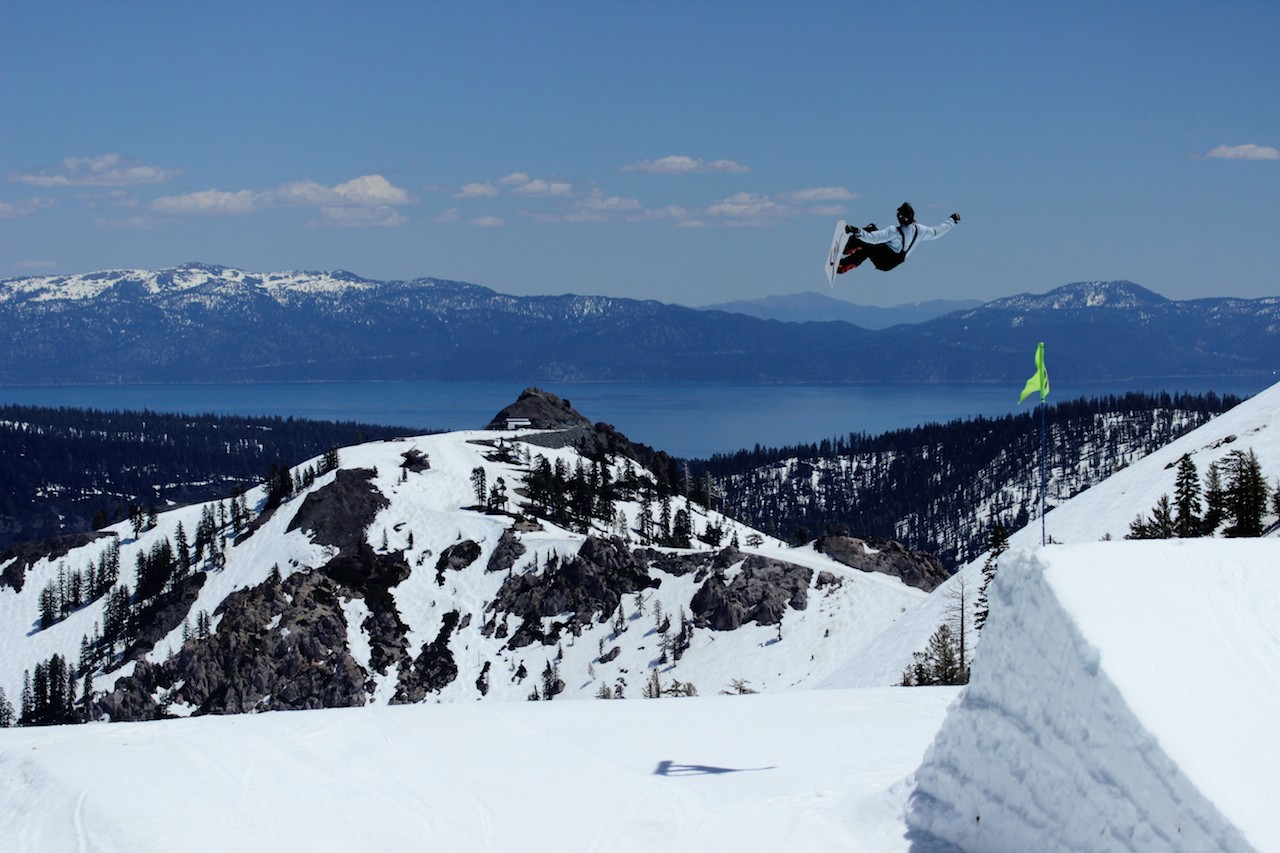
Sims
FACTORY STORIES
You can’t sell a board if you don’t know where it was born, right? It’s worth taking the extra step to find out where the boards you’re ordering were made, and why that factory was chosen. Amongst the brands we spoke to, factors included experience, quality, prototyping ability, reliability, materials sourcing and, of course, eco credentials. In Europe the majority of production is split between Meditec in Tunisia, NBL in Poland who received big props for their prototyping skills and – of course – the Mothership in Austria. “The Capita factory is still fairly new, but the collective experience of everyone involved at every step along the production line is second to none,” explains Dinosaurs Will Die’s Sean Genovese. Since the demise of GST, Silbaerg decided to play it safe and split production between LTB in the Czech Republic and BuddyBuddy in Chemnitz, Germany, which is a half-hour drive away from their office. Who’s this then? “We started our own production because GST were the only factory that were able to make our Anchor Core Technology. We were able to buy some production parts from them, and we jump-started making boards in May”, says BuddyBuddy’s Rainer Soelch.
In the US, Mervin & Smokin’ continue, and Neversummer are collecting brands with Academy transitioning to full production with them in Colorado. And in Asia, Endeavor hyped the community support network in place around Maosen Sports in Ningbo, China and Stepchild are stoked on the materials and reliability offered by Titan Sports, formerly SBF. Borealis splits production between Meditec and GP87, where they’re making their premium Shaman model. “GP87 is American-owned, and specialise in ultra-high-end boards with great attention to detail”, explains Borealis founder Ben Hall. Finally, Arbor & Jones continue making boards at SWS in Dubai. This factory is already powered by 90% solar energy, and they are progressing towards 100% solar for 2020.
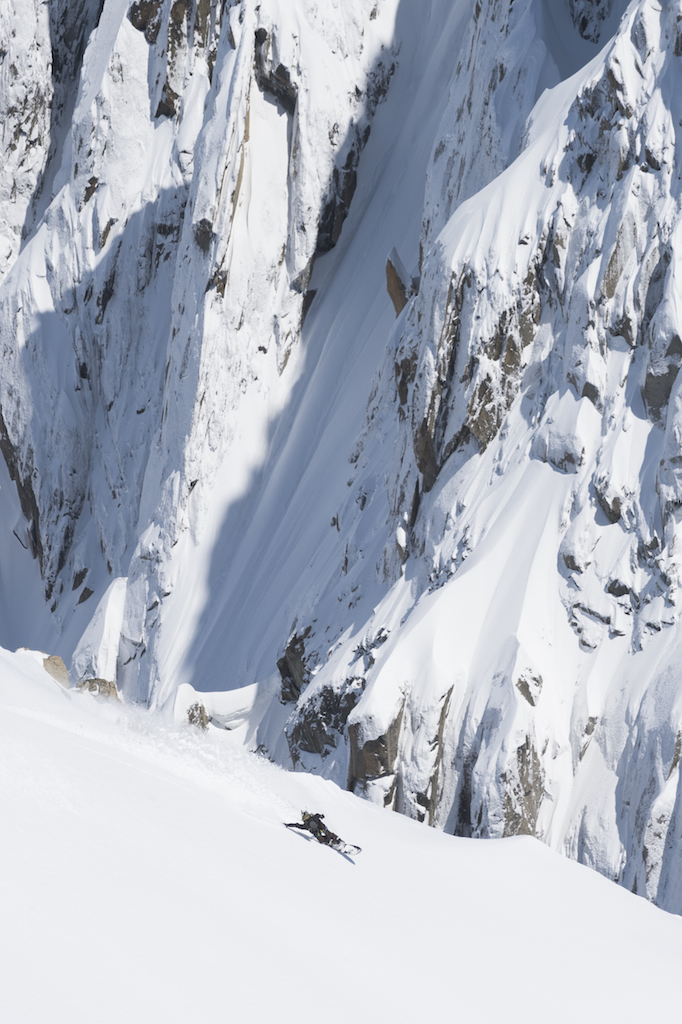
Dupraz
PRICEPOINTS
We noticed two significant trends here – more options at the super-premium pricepoint, and the emergence of ‘premium medium’. Super-premium first; with increasing global wealth inequality, the rich are getting richer, and some of them love to snowboard. And they expect a snowboard in their ‘usual’ price range. A thousand-buck board isn’t going to shock a guy for whom a six-bill dinner is small change. Burton’s Mystery Fish and Bataleon’s new 1200€ Surfer Limited both check this box. The demand for the high end is international; over to Smokin’s Jay Quintin: “We have been re-engineering our entire factory since last spring, putting many new systems in place to be efficient in manufacturing high end snowboards in smaller numbers”, he says.
The middle pricepoints are also experiencing growth, with the rise of ‘premium medium’ – brands that are packing value into the midrange to boost sales. Salomon are using a less expensive recycled sintered base on their 400€ boards, and Rossignol load almost all their tech into their 499€ pricepoint. “With that being said, the >499€ euros price category only represents 20% of the market”, cautions Rossi’s Arnaud Repa.
The trend of D2C sales can’t be ignored here; whilst generally agreed by many to be short-sighted and short-termist, this method of excluding third-party retailers from the sales chain is starting to be effective and isn’t going away. Hopefully the extra margin generated by these channels will be pumped back into brand’s hardgoods lines and see MSRPs heading back down to realistic levels, as well as supporting key independent retail storytellers.
CRAZY SHAPES
We covered short & fat earlier, but the trend of commercialising one-off, proto and concept shapes is here to stay…for now, at least. Ride are rolling out their unique Warpig into an extended Pig Family, and Salomon’s Hillside Proto Series features a board developed with Hokkaido’s Takahau Nakai & Aesmo’s Wolle Nyvelt. Bamboo, mid-wide, huge rocker, can’t wait to try it. Over at Pogo there’s a Bonzer-inspired double concave base promising mad acceleration, and Lib Tech are showing a 195cm Doughboy Shredder which has been brought back from the dead, but still has the skeleton topsheet. Meantime, Furberg continue their mega-long sidecut radius thing, with their POW deck hitting a huge 17m.
We heard notes of caution from brands concerned about the real-world riding characteristics of too zany a shape. “Nowadays, the more surprising a shape is, the cooler it is. But unusual shapes do not necessarily mean efficient shapes, and often the geometry is not at the same level of the design. The rider’s sensations mostly come from the shape, certainly before the construction and graphics. When you mess with a single parameter you can feel a huge difference in the real world”, warns lifelong shaper Serge Dupraz. That said, when it’s right it’s really something special, and Nitro noted that they’re seeing many veteran riders with nutty-looking boards and they give a great incentive to buy a ‘modern’ platform and use it for everyday riding.
Of course, as with any trend there is a counterpoint and the kindling of backlash. “We’re not really into it”, says West’s David Lambert. “We are actually going back to more classic shapes. We’re already bored of this trend.” Public’s Joe Sexton agrees: “Nope, we are not really that brand either. We are sticking with timeless true snowboards, the same shapes we have been riding for the last 15 years or so.” And Drake made a good point that unusual shapes are not especially hot sellers for every retailer out there, so buy with caution.
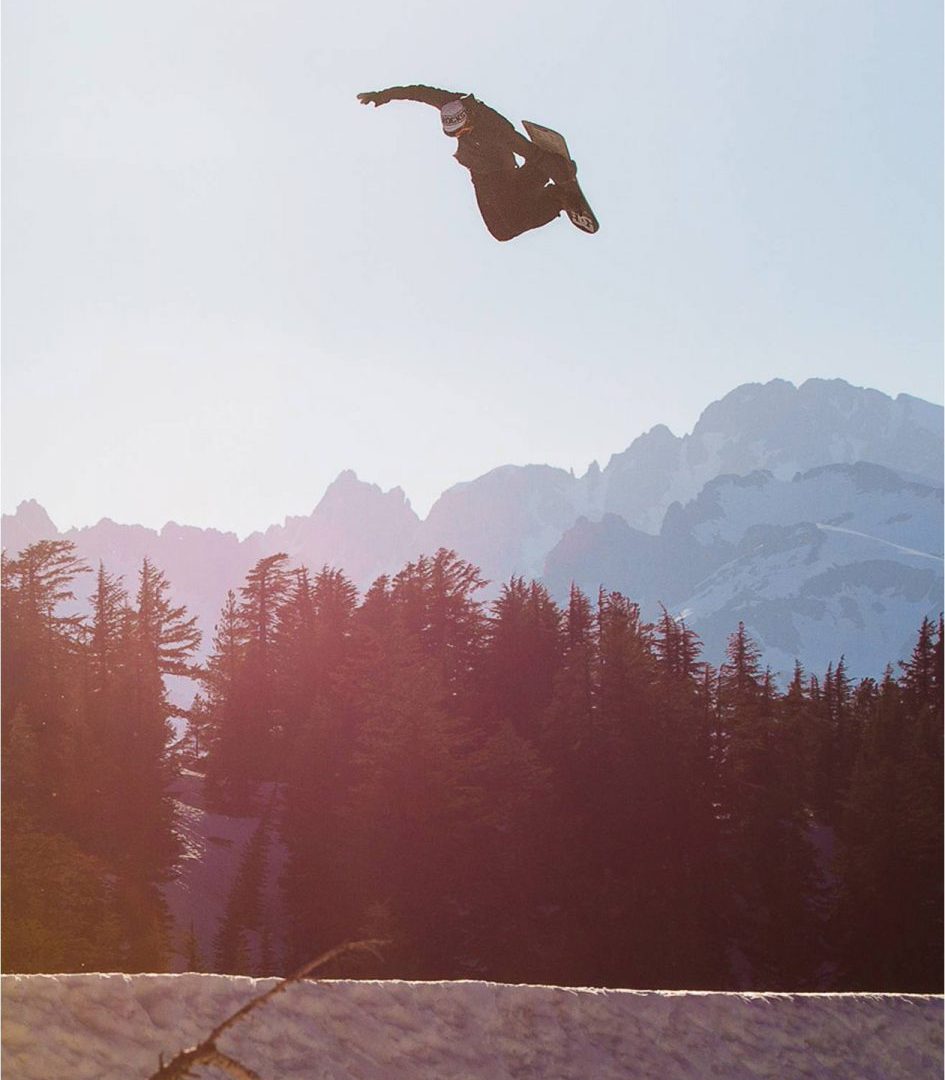
DC
SPLITBOARDING
Uphill snowboarding continues to experience the same meteoric growth as ski touring, and now the gear has mellowed out a bit and there are some good-value binding solutions hitting the market, we’re optimistic that this is going to keep rocking. Jones bring the Mountain Twin split back, and their new Mind Expander split is a logical addition to their line. Meanwhile, Rossignol have just signed Xavier de le Rue for another five years, and they’ll also be pushing Marion Haerty’s split version of the Diva. Rome have a new moontail Powder Division split with extra width, and Regis Rolland’s new Rhyme project has a split which allows the rider to leave the skins on the board in ride mode for timesaving in mixed terrain.
Salomon are taking splitting extremely seriously, bestowing their S-Lab honour on their revamped four-part Premiere, which uses the same Aero Core as Killian Jornet’s touring skis for a whopping 750g saving. They’re also using custom Plum hardwear and their own clips. Burton’s new Flight Attendant X split is a mere feather too, using the Flight Attendant shape, Custom X core and magic juice borrowed from the Mystery Fish for light weight. And Phenix are showing an all-new four-part Blackbird with new woods in their core and cold resins holding everything together. Plum remain a key player in the game with shapes that are ruthlessly efficient on the way up and compliant on the way down, and Endeavor are showing a new Channel-equipped split called the Patrol based off their successful freeride Maverick shape.
GRAPHICS
Black plays a key role in next year’s boards, black bases for repairability and speed, offset by earth-tone or tone-on tone diecuts, with muted topsheets that imply stiffness, tech and low weight via matt black, functional graphics. Interest is created via contrasted matt/gloss texture hits which look great in the showroom, visible technology windows and small panels containing written spec details. A design direction has definitely been set and a flick through next year’s catalogues will see many similar-looking boards. The technology is at the centre of the 18/19 aesthetic.
Of course, you know the brands that won’t be playing the game and DWD, Lobster and Stepchild will be keeping snowboarding young, fun, trashy and irreverent. Over to Stepchild’s Steve Day. “I mean, can we really outdo what’s been done before? Chi Guy floating down a blood river on a tampon? Check. Chi guy surfing a blood wave on a tampon? Check. How can we top these things? Lazer tits? Oh man, I love lazer tits, I mean who wouldn’t? Shit, who reads this? Oh man, wait, Lazer Tits.. Boom. Trademarked. Don’t steal our shit!”
Woodgrain topsheets are going nowhere, with interest added via translucent vector overlays like the one on Goodboard’s gorgeous Rotor Camber. Jones will look like…well, Jones, and Mahee are using North American Native art on their wooden topsheets. And we liked Wired’s approach. “We have heard a lot of shop owners and customers complaining about artwork and graphics. So we are taking a unique approach to this issue. We offer one graphic each season that is available on all our boards, men’s and women’s. If a customer doesn’t like it they can order a board with either a black or white top sheet. Problem solved”, says Brand Manager Rob Dow.
MARKETING STORIES
It was enlightening to discover some unusual brand activations that will be taking place next year. Jones will be engaging end consumers via a public grant program to support the dreams of amateur riders, and will be launching a public photo sharing platform to share the global stoke. Head are launching a youth sponsorship programme called Futureheads, and Amplid have a scheme called Test Pilot to involve riders directly into their R&D process. This stuff is important, and a great way for brands to reach out directly to consumers. Finally, Niche have been looking at a closed-circle solution for recovering their end-of-life boards for recycling and reprocessing, and Wi-Me will be trying out a subscription service for some of their models to make things more affordable to their 18-25 demographic.
CONCLUSION
So, that’s the lowdown on the latest and greatest in snowboarding next season, and hopefully we’ve highlighted some must-rides as the reps start lending out their demo fleets a little. And as to your snowboard buy? Well, don’t be afraid to cherry-pick a variety of shapes and styles to suit what your customers what, and don’t be afraid to break out the tests to get your team behind what they’re selling. Let’s hope next year’s a snowy one.




